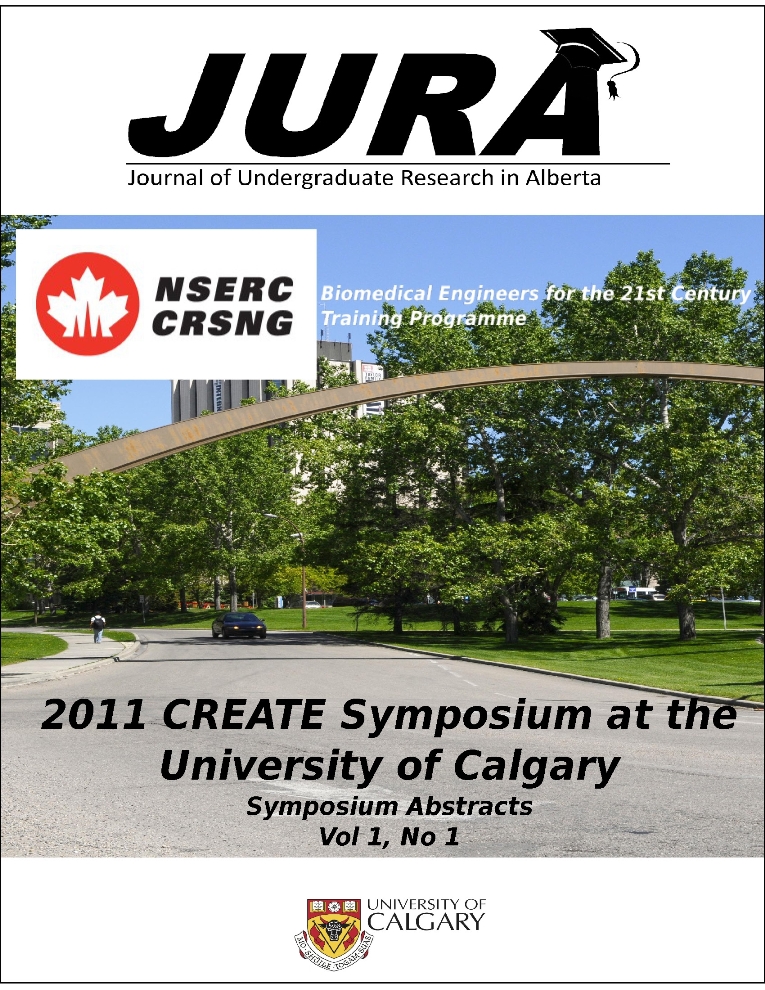Effects of Force Enhancement and Force Depression on Postactivation Potentiation in the Human Adductor Pollicis
Keywords:
Adductor Pollicis, Force Enhancement, Force Depression, Muscle PotentiationAbstract
Force enhancement and force depression following active stretch and shortening are commonly observed muscle properties. However the mechanisms underlying these properties are not fully understood. Increased or decreased muscle potentiation (that is, the amount of phosphorylation of the myosin light chains) might contribute to force enhancement and force depression but has never been examined. In this study, we examined the effect of active stretch and shortening on potentiation of the in vivo human adductor pollicis muscle to determine whether the phosphorylation that causes muscle potentiation is a viable contributor to force enhancement and depression. Potentiation was assessed with twitch contractions and the contribution of potentiation to force enhancement/depression was assessed by comparing the force of isometric contractions prior to and following muscle potentiation. Subjects were given twitches before and after maximum voluntary isometric contractions at a thumb adduction angle of 30° and 0°, and these twitches were compared to twitches given before and after an active stretch from 0° to 30° (n=15) and an active shortening (n=12) from 30° to 0°. Stretch and shortening contractions were then followed 10s later by an isometric contraction at the finishing position to observe any effects of changed potentiation on maximal voluntary isometric contractions. Potentiation was increased significantly (17%) after active muscle stretching but remained unchanged following active muscle shortening. The increased potentiation following active muscle stretching did not affect isometric forces. We conclude from these results that active muscle stretching increases the amount of muscle potentiation, but does not contribute to the force enhancement observed following active muscle stretch. We speculate that the stretch-induced increase in muscle potentiation is a mechanism for saving energy during sub- maximal and maximal muscular contractions.
Downloads
Downloads
Published
Issue
Section
License
Authors retain all rights to their research work. Articles may be submitted to and accepted in other journals subsequent to publishing in JURA. Our only condition is that articles cannot be used in another undergraduate journal. Authors must be aware, however, that professional journals may refuse articles submitted or accepted elsewhere—JURA included.


